South London Gallery incl. Bloomsberg New Contemporaries 2021 // Shut The Club Down
A description of a visit to the South London Gallery, including their two current exhibitions, Bloomsberg New Contemporaries 2021 and Shut the Club Down. Intriguing gallery spaces show the development of South East London’s suburban communities.
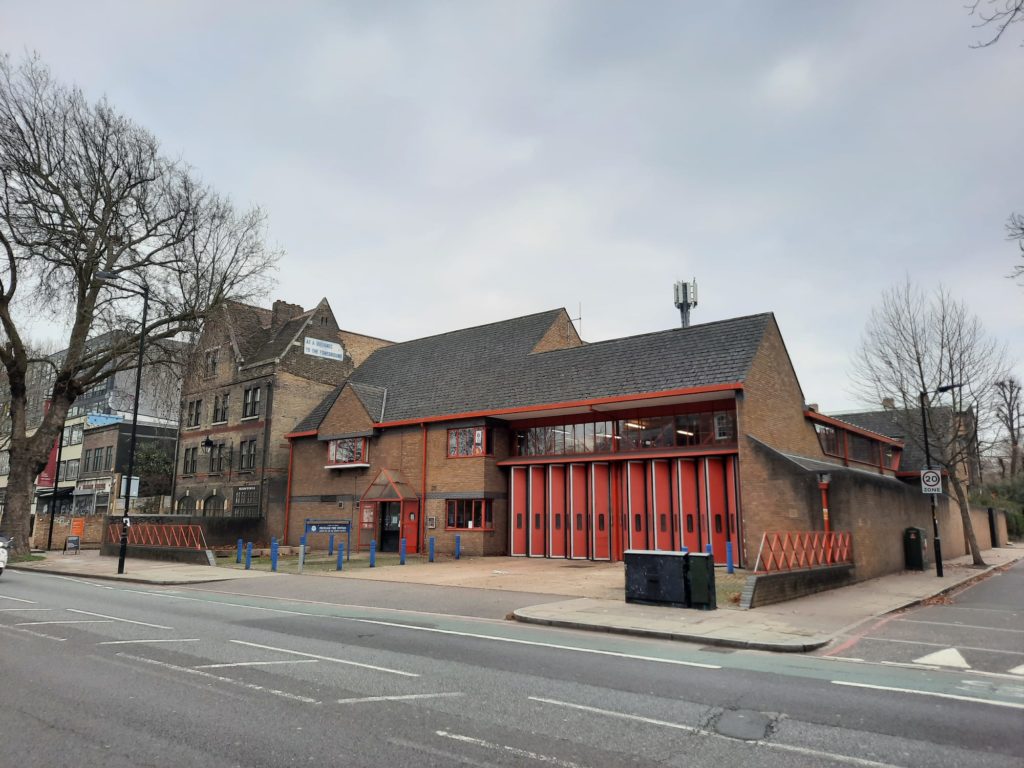
The South London Gallery
The South London Gallery is an arts venue close to home for me. Just around the corner from Theatre Peckham, I have been past it many a time on the 171 bus. So when I was looking for a few cultural things to do on a casual weekend, this was a convenient one to check off my list.
The Gallery dates back to the 19th Century. It grew out of the South London Working Men’s College, established by William Rossiter in 1868. There were many such attempts at the time to give working class communities access to education and culture through lectures, libraries, galleries and other institutions. We have seen how the Whitechapel Gallery and Toynbee Hall were important community assets in the same vein.
The South London Fine Art Gallery opened in its present location in 1891. Early supporters who helped it find and fund its permanent site included Edward Burne-Jones, Walter Crane and Frederic Leighton. There was also a lecture hall, library and technical college. From the early 20th Century, the Gallery had a structured programme of temporary exhibitions. During both World Wars, the Gallery became temporary government offices; it reopened with a mission to display temporary exhibitions and its own collection from 1949.
Since 1992 it has been known as the South London Gallery, and has focused on internationally-acclaimed contemporary art. In 2003 it split from Southwark Council to become an independent charity. The original Gallery space expanded in 2010; in 2018 a second site opened, some 200 metres away in a Grade II-listed former fire station.
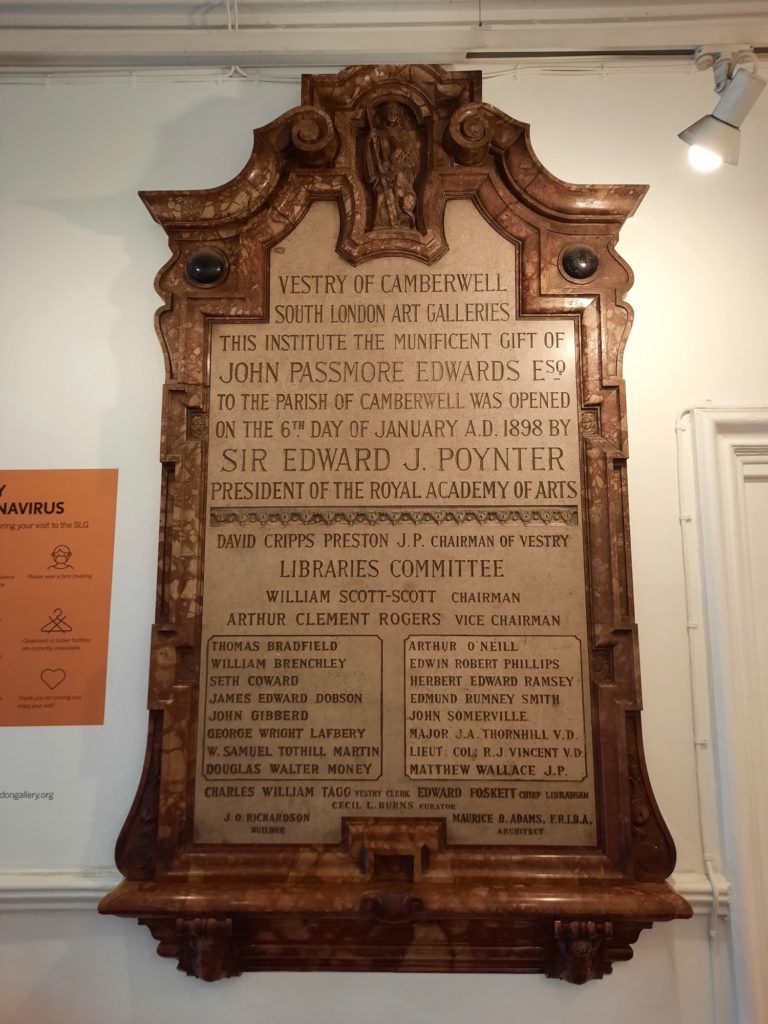
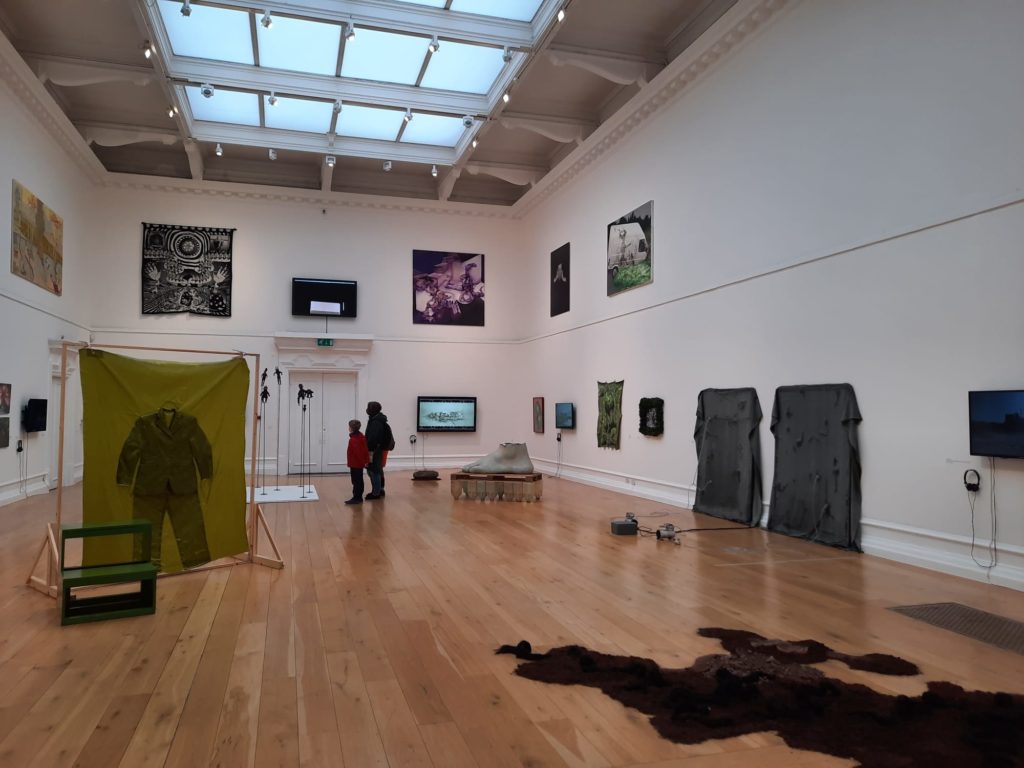
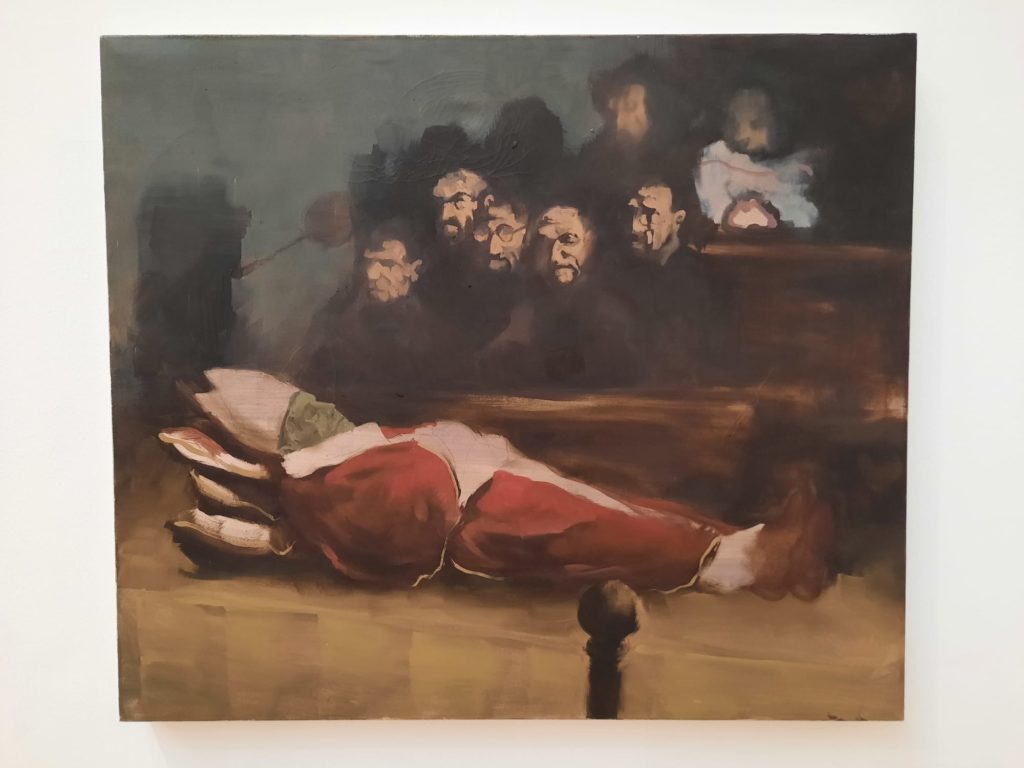
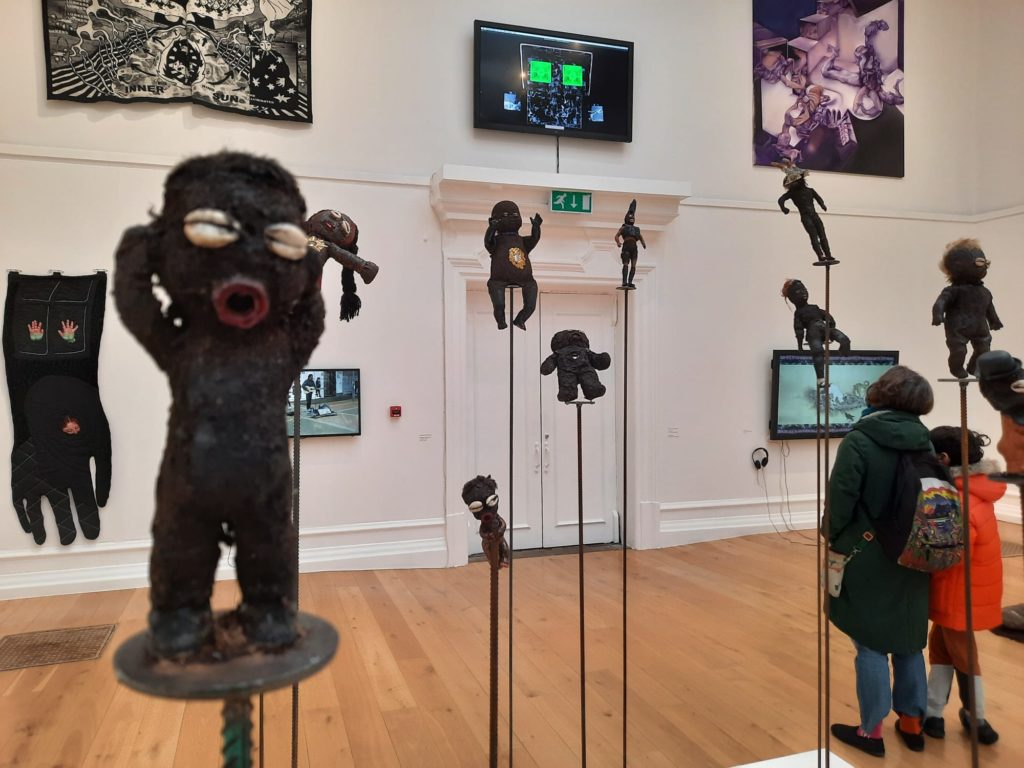
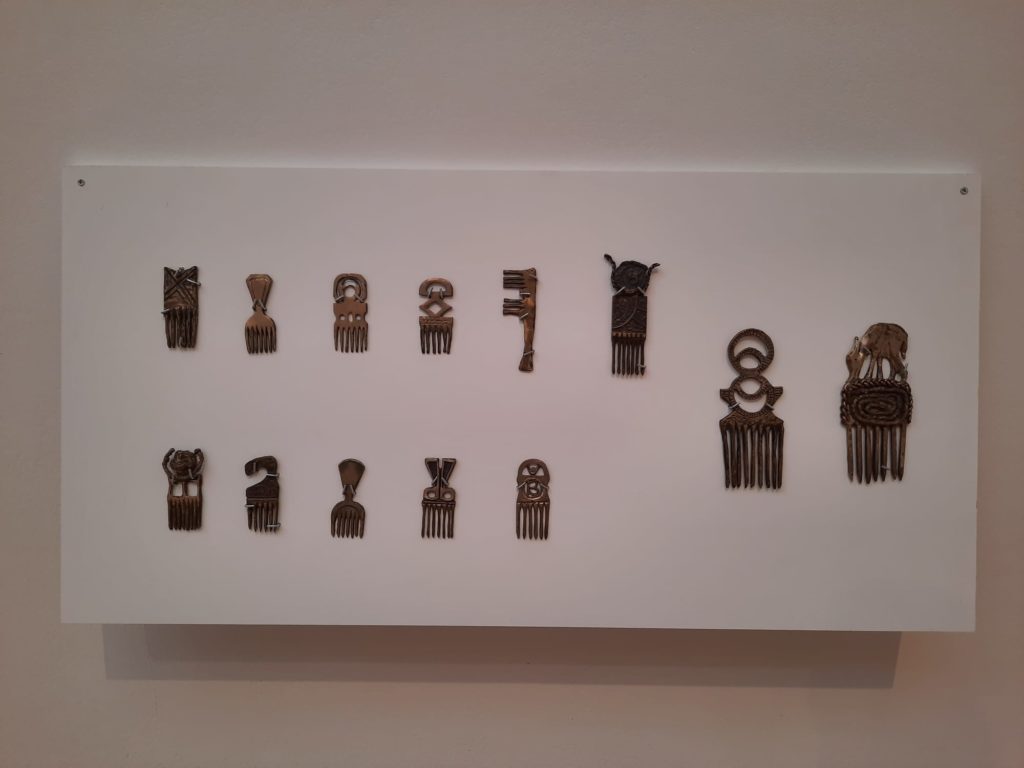
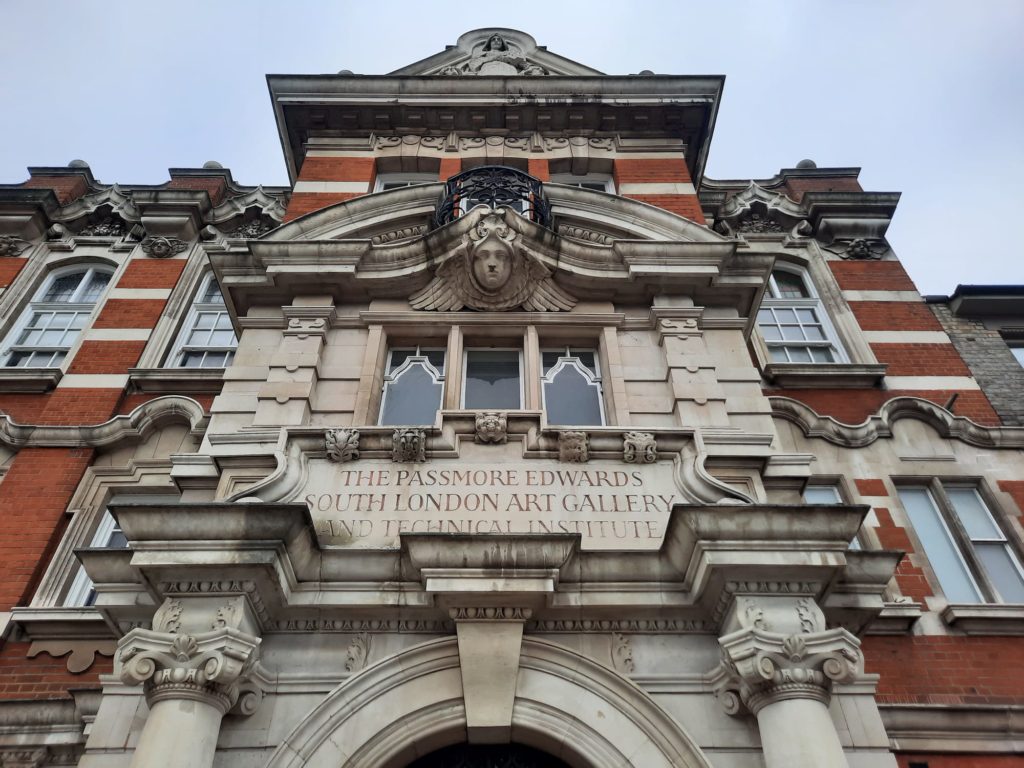
SLG: Bloomsberg New Contemporaries 2021
With such a lot of history, and as an interesting example of Victorian philanthropy and ideas on working class education, I was eager to see the South London Gallery perhaps more as a historic artefact than as a contemporary art space. As we shall see, however, today’s SLG manages to straddle its dual roles; historic pride and contemporary community engagement through art.
I started my visit at the original site, the purpose-built 1890s gallery building. On display was Bloomsberg New Contempories 2021. As the name suggests, this is an annual exhibition of contemporary artists, sponsored by Bloomsberg. It’s in its fourth year at the South London Gallery. Bloomsberg New Contemporaries exhibits emerging and early career artists, their work chosen through an open selection process. The New Contemporaries format has been around since 1949. Although I doubt the selection panel then would have recognised any of the art we see today. Let alone the counterpart online platform to explore it further. The exhibition continues in the Fire Station gallery, but the majority is on view here in the main site.
I can be a little lukewarm on contemporary art unless it’s something that speaks to me personally; unfortunately this exhibition didn’t wow me. I thought the quality of work was good overall, with some interesting pieces and ideas. But to me it looked a little swamped by the big exhibition space. My favourite artists in this first space were Orsola Zane, whose painting That one time we were playing Badminton and accidentally killed the Pope you see above, and the 3D-printed ‘ceramics’ by Rebecca Romero.
It felt like a strange use of the space though; such a big building, just to have the main gallery open. I don’t know whether there are other rooms upstairs that are sometimes in use or whether the rest is put to another purpose. I will have to go back for their next exhibition to find out.
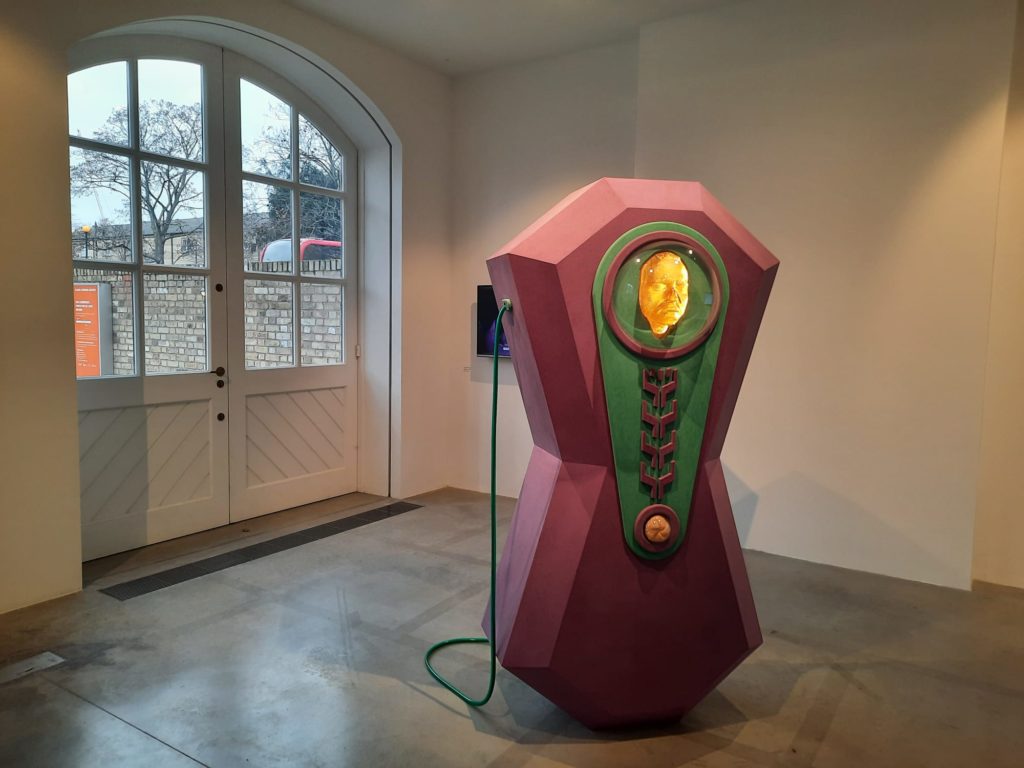
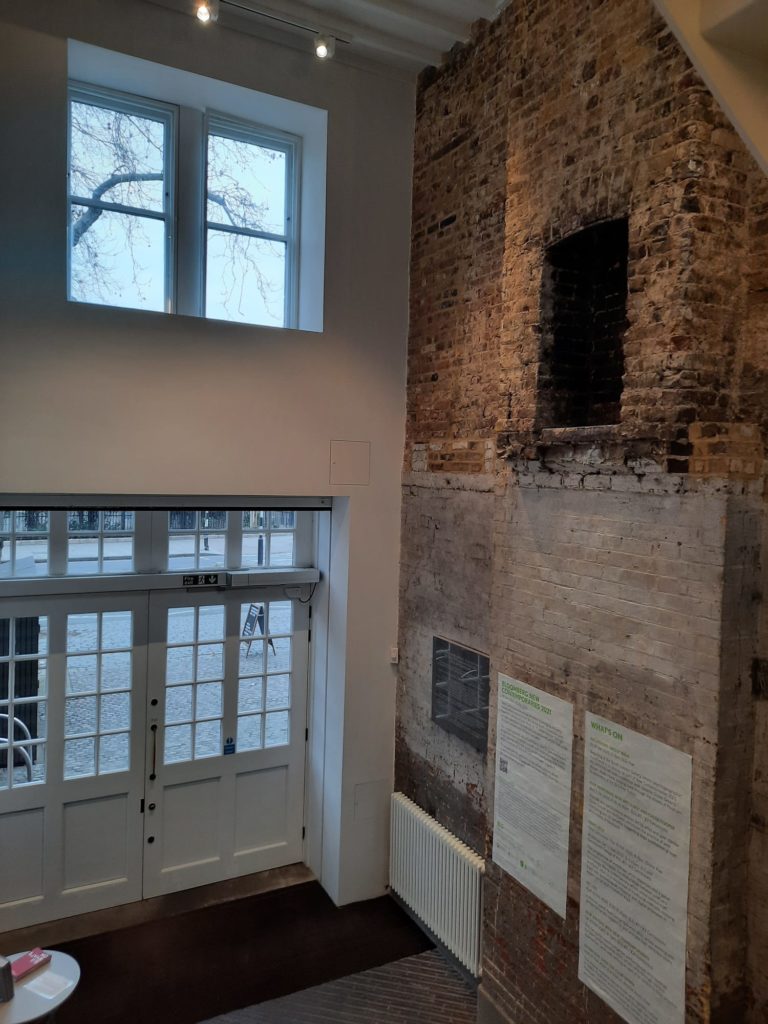

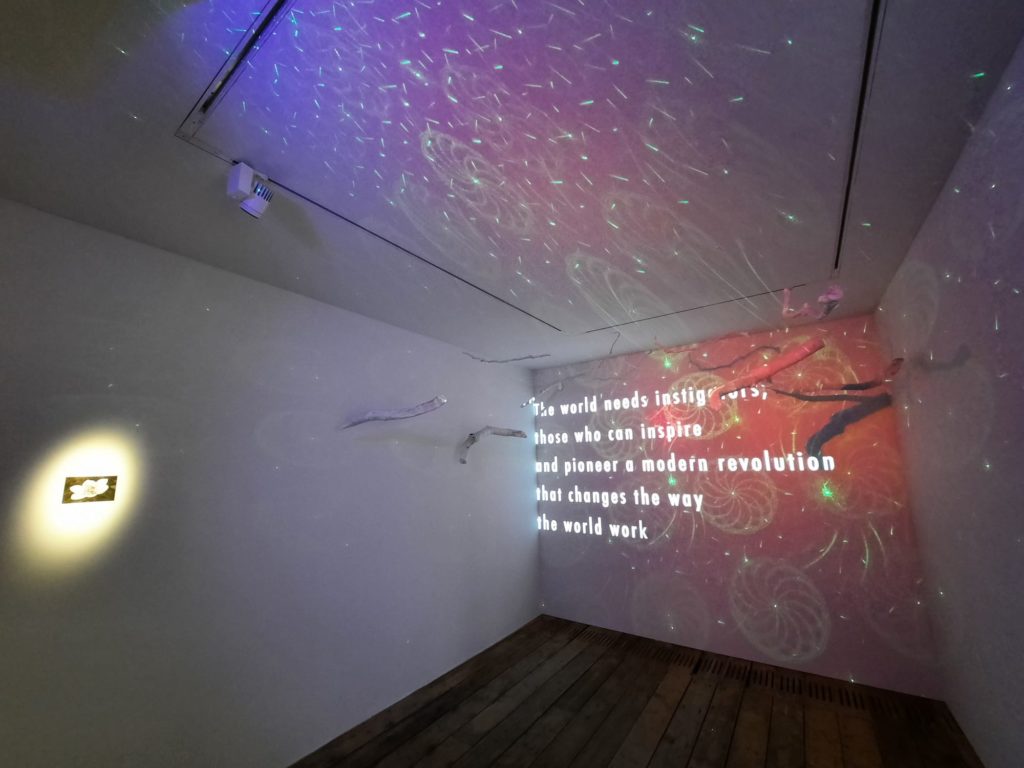


SLG: Fire Station
The Peckham Road Fire Station (originally Camberwell Fire Station) dates to 1867; similar to the South London Working Men’s College. The work of Edward Cresy Jr, architect to the London Metropolitan Fire Brigade, the original layout was fire engines and working spaces on the ground floor, with living quarters for the firemen and their families above. It was not fit for purpose by the 1920s; it was thus taken over by Kennedy’s (a local butcher and sausage maker), who stayed until 2007. After it was sold at auction in 2008, the building was semi-derelict for a few years. It was donated to the South London Gallery in 2014 and reopened in 2018.
The building was almost the main event for me at this site. The redevelopment as a contemporary art space has been successful, while leaving intriguing traces of the original layout. I loved the ghost fireplace halfway up the entrance hall wall (second image above). I had a look around more of Bloomsberg New Contemporaries here, but was really enjoying poking around the different rooms and seeing what remained of the fire station that once was.
Also in the Fire Station space was another, smaller, exhibition. Shut the Club Down is an archival exhibition which looks at dance club and nightlife culture in 1990s Peckham through two clubs: Peckham Lazerdrome and Imperial Gardens. It has videos and a music playlist as well as club night flyers and other mementoes. These mega-clubs and others like them had a huge impact on Peckham and Camberwell nightlife as well as kickstarting various music careers. And the exhibition process seems to be very inclusive; collaborating with local residents as well as borrowing objects and taking other input from the SLG community.
For me it’s still the history that’s the star attraction. But I like having such an interesting contemporary art space on my doorstep. I look forward to seeing more as 2022 progresses!
Salterton Arts Review’s rating: 3/5 for the exhibitions, 4/5 for the space
Bloomsberg New Contemporaries 2021 on until 20 February 2022, Shut the Club Down on until 27 February 2022
If you see this after your page is loaded completely, leafletJS files are missing.

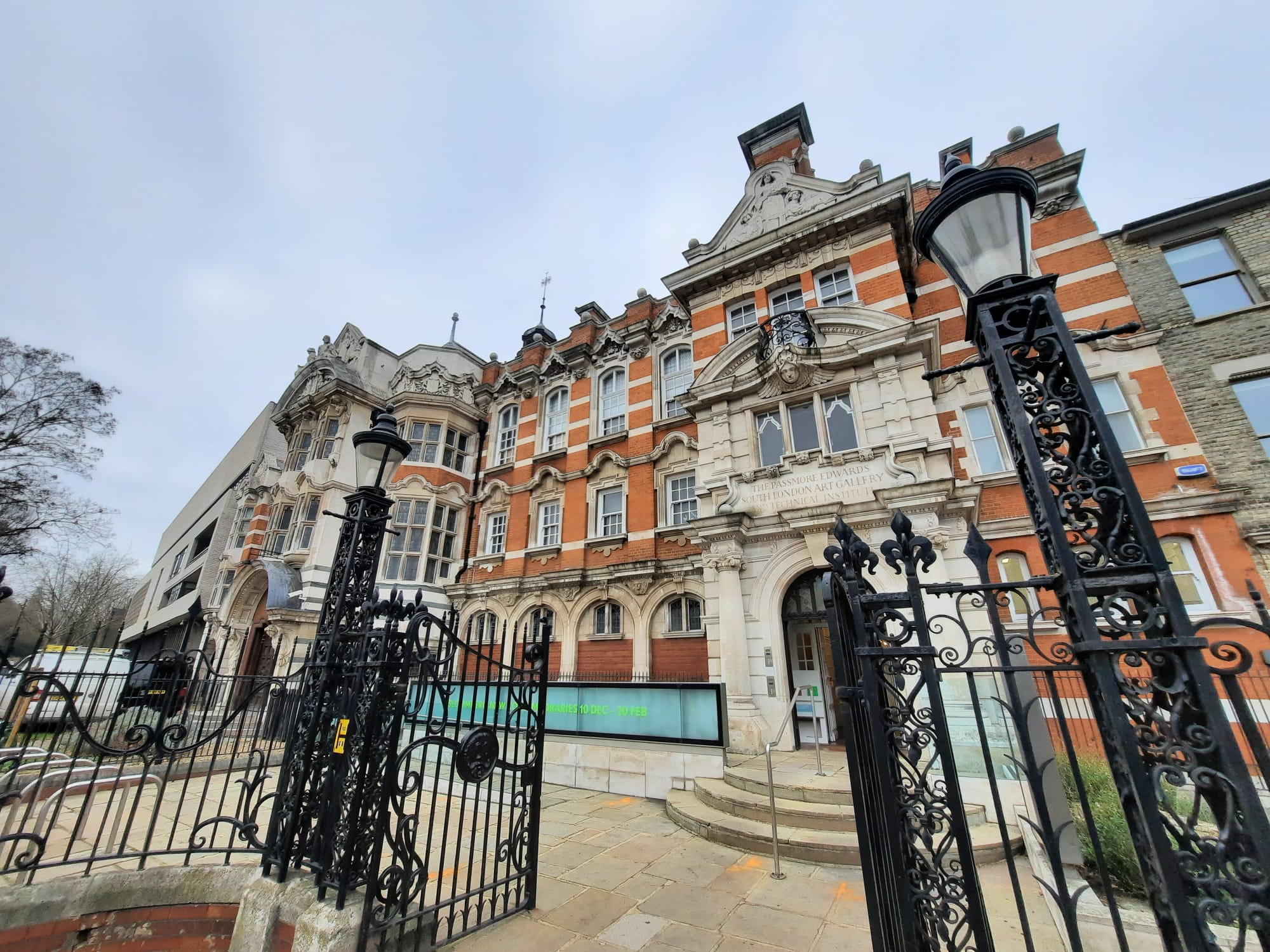
One thought on “South London Gallery incl. Bloomsberg New Contemporaries 2021 // Shut The Club Down”